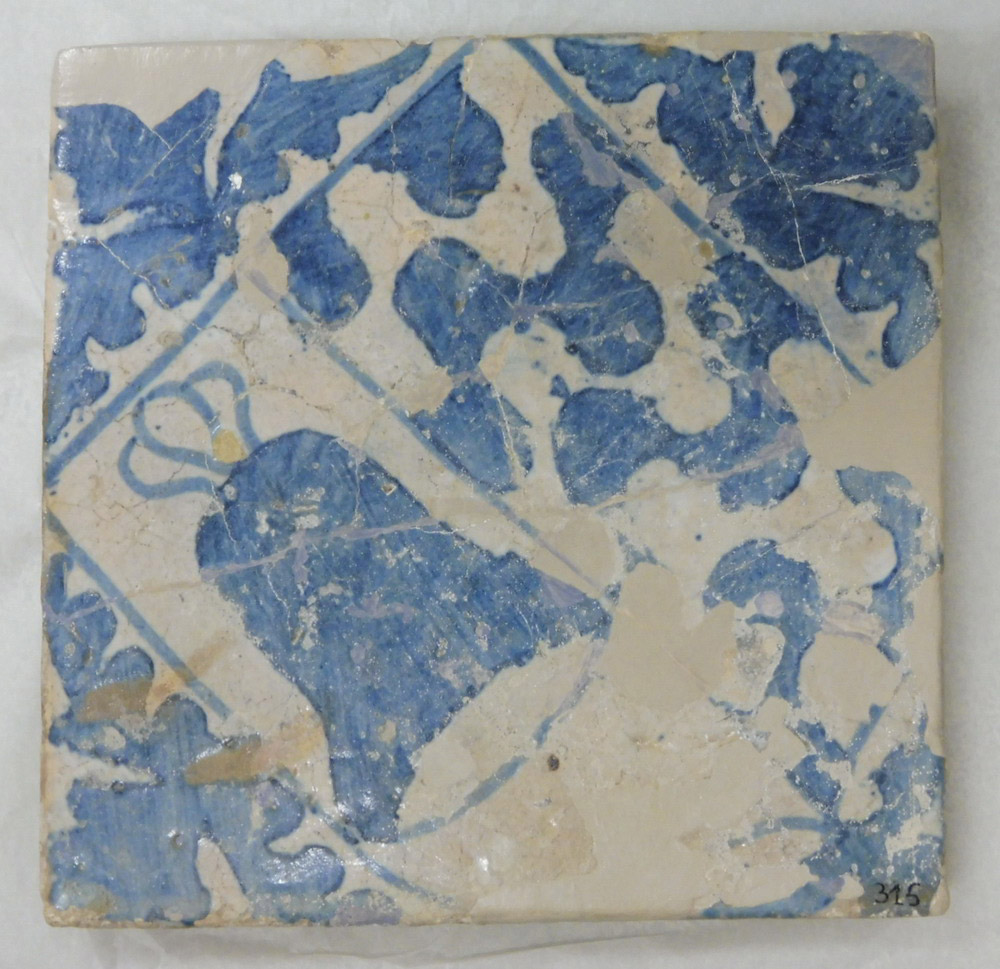FRIDAY JUNE 11TH
Today MuseumWeek asks participation and creativity with the hashtag #CaptionthisMW. What name would you give to this sculpture by the Badalona artist Josep Uclés?
Uclés (Badalona 1952-La Roca del Vallés 2013) stood out above all as a painter, but he was also the author of some sculptures, such as the one in the image, which is part of the collections of the Museu de Badalona. In all cases he used to put very significant titles on his works, and this is no exception.
Let your imagination run wild and let us know your suggestions. At the end of the day we will tell you the name he gave him. In the meantime, however, we invite you to title it yourself.

THURSDAY JUNE 10TH
Today the motto of the #MuseumWeek is #EurekaMW. But do you know exactly what eureka means?
It is a Greek exclamation that translates as “I found it” and is used to express the joy one feels for having solved a problem or made a discovery, for example. ???
A discovery like the one we explain you today!
⛏️Recently, during the works to adapt a house in Dalt de la Vila, a large impluvium, about 20 m2, was uncovered.
An impluvium was a small pond located in the atrium of Roman houses that was used to collect water from the compluvium, an open space on the roof, and under it, sometimes, a tank was built to store the water that would be used for different domestic uses.?
The peculiarity of this impluvium, in addition to its large dimensions, is that it supplied water to a large tank preserved in the subsoil with a capacity for about 67,000 liters of water !! ??
This large deposit, discovered in the late eighteenth century, was popularly known as the well of St. Anastasi because it was believed to be the prison that the Romans had used to imprison this saint.
The impluvium preserves in its corners openings through which the water that was taken to the tank through a ceramic channel inserted in the work was captured. We believe it would have a total of four pickups, one at each corner. An overflow that could have drained into the atrium could also be documented.
This simple catchment system greatly facilitated the supply of water to the city of Baetulo from the earliest times of its foundation.
? Does this finding well deserve a EUREKA?
Pictures: Jordi Ardiaca


WEDNESDAY JUNE 9TH
#AmbLaMiradaDunInfantMW
Today the #Museumweek makes us see the world through the eyes of a child.
Our youngest visitors, with their curious eyes, invite us to discover and learn about our Roman heritage and to travel together on this journey to Badalona / Baetulo more than 2,000 years ago!
# MuseumWeek2021
#ChildrenEyesMW

TUESDAY JUNE 8TH
# BehindMWCameras
This second day of # MuseumWeek2021, we invite you to discover a scene that always takes place # BehindTheMW Cameras: the lighting of an exhibition.
A fundamental task that gives the finishing touch and elegantly dresses any exhibition proposal!
Can you imagine the exhibition “Pedro Rovira, 1921-1978” without the essential work of our colleague Francisco Ruiz Leal illuminating each of the pieces?
#BehindTheScenesMW ⠀ # Behind the CamerasMW #Badalona #exhibition #PedroRovira #PedroRoviraBdn

MONDAY JUNE 7TH
Once again we join the MuseumWeek, a global event that allows us to bring you different aspects of our Museum through the networks. Today we tell you the story that hides this tile from the Torre Vella in Badalona.
In 1279, Guillem de Dufort sold to Pere de Sant Climent, scribe of the King a property with fortification and the lands and rights he had over in Badalona. This property, known as Torre Vella, was one of the most important medieval manor houses in the town of Badalona, and its properties and rights extended over much of the territory. We could say that surely more than 30% of the territory of Badalona belonged to this house and everything that was in these lands (houses, lands, plots, people, ..) was under the feudal jurisdiction of the possessors. of the estate.
Since then, the ownership of the Torre Vella (the extent and rights of which have changed over the centuries) has been increasingly owned by the same family.
At the beginning of the 16th century, the Sant Climent family (who had a blue bell on a gold background) married a daughter to a descendant of the Gualbes (whose shield was three waves on a white background). With the marriage union, the new coat of arms was created, which was divided between the bell and the gualbes.
The tile We are talking about is a Gothic tile, made with a drill and decorated in white and blue. The shield is divided into two halves: in the first there is a bell, and in the second four gualbes. At each angle, apart from what is actually the shield, floral motifs have been represented.
Many of these tiles should have been part of the pavements of the Torre Vella building, which, with the reforms carried out over the centuries, were discarded and replaced by another pavement. Those preserved by the Badalona Museum were found when excavations were carried out in areas that had been owned by the estate.
Foto: MB. 315

![]()










 On the right side of the image you can see the house that had the grate. ATV/Museu de Badalona. Arxiu Cuyàs
On the right side of the image you can see the house that had the grate. ATV/Museu de Badalona. Arxiu Cuyàs





